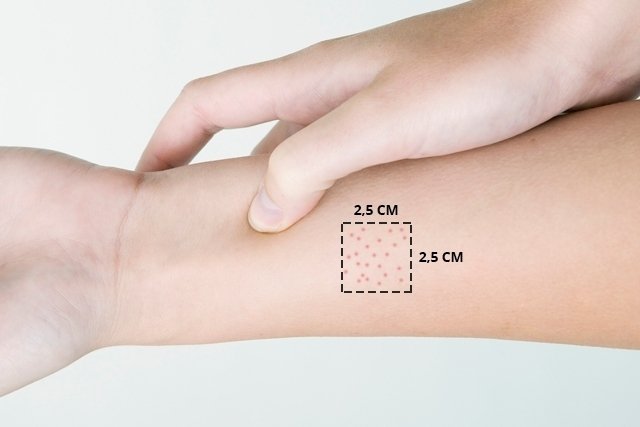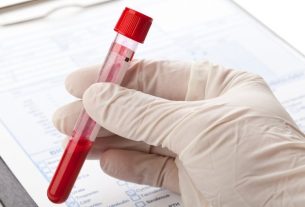The snare test is a quick test that must be carried out in all cases of suspected dengue fever, as it allows the fragility of blood vessels to be identified, which is common in dengue virus infection.
Although it does not always come back positive when a person has dengue, this test is part of the World Health Organization’s recommendations for diagnosing dengue. This is why, after a positive result, a blood test must be carried out to confirm the presence of the virus.
As it identifies the risk of bleeding, the snare test does not need to be used when there are already signs of bleeding, such as bleeding from the gums and nose or the presence of blood in the urine. Furthermore, the loop test may present false results in situations such as the use of aspirin, corticosteroids, pre- or post-menopause, or when there is sunburn, for example.

What is it for
The loop test can be done to help diagnose:
- Dengue;
- Scarlet fever;
- Thrombocytopenia;
- Hemophilia;
- Liver diseases;
- Anemia.
The loop test is carried out to test the fragility of the vessels and, as it can be positive in several situations, after knowing the result, it is always recommended to carry out other diagnostic tests, starting with blood tests, for example.
How the test is done
To perform the loop test, draw a square on the forearm with an area of 2.5 x 2.5 cm and then follow these steps:
- Assess blood pressure of the person with the sphygmomanometer;
- Inflate the sphygmomanometer cuff again to the mean value between maximum and minimum pressure. To know the average value, you must add the maximum blood pressure value to the minimum blood pressure value and then divide by 2.
- Wait 5 minutes with the cuff inflated to the same pressure;
- Deflate and remove the cuff, after 5 minutes;
- Let the blood circulate for at least 2 minutes.
Finally, the number of reddish spots, called petechiae, within the square marked on the skin must be assessed to know the test result.
Read too: Petechiae: what they are, symptoms, causes and treatment
How to understand the result
The result of the lasso test is positive when more than 20 red dots appear within the square marked on the skin. However, a result with 5 to 19 dots may already indicate suspicion of dengue, and other tests should be carried out to help confirm whether or not the infection is present.
It is important to remember that the test can be false negative even in people who have dengue fever. Therefore, if there is suspicion based on the symptoms, the doctor should request other tests to confirm.
Do you have questions about your exam results?
When the snare test is positive, it is recommended to take a more specific blood test to confirm the presence of the dengue virus. This happens because the positive result can also happen due to other situations such as infections, autoimmune diseases or even the use of medicines such as aspirin, corticosteroids or anticoagulants, for example.
Find out more about the tests available to confirm a dengue diagnosis.
Bibliography
- Ministry of Health. Dengue: diagnosis and clinical management – adult and child. 5th ed. Brasília: 2016. 10-11.
- BIOLIDER LABORATORY. Tie proof: tourniquet proof. Available at: <http://www.biolider.com.br/media/images/676.pdf>. Accessed on May 29, 2019

Sign up for our newsletter and stay up to date with exclusive news
that can transform your routine!
Warning: Undefined array key "title" in /home/storelat/public_html/wp-content/plugins/link-whisper-premium/templates/frontend/related-posts.php on line 12
Warning: Undefined array key "title_tag" in /home/storelat/public_html/wp-content/plugins/link-whisper-premium/templates/frontend/related-posts.php on line 13



